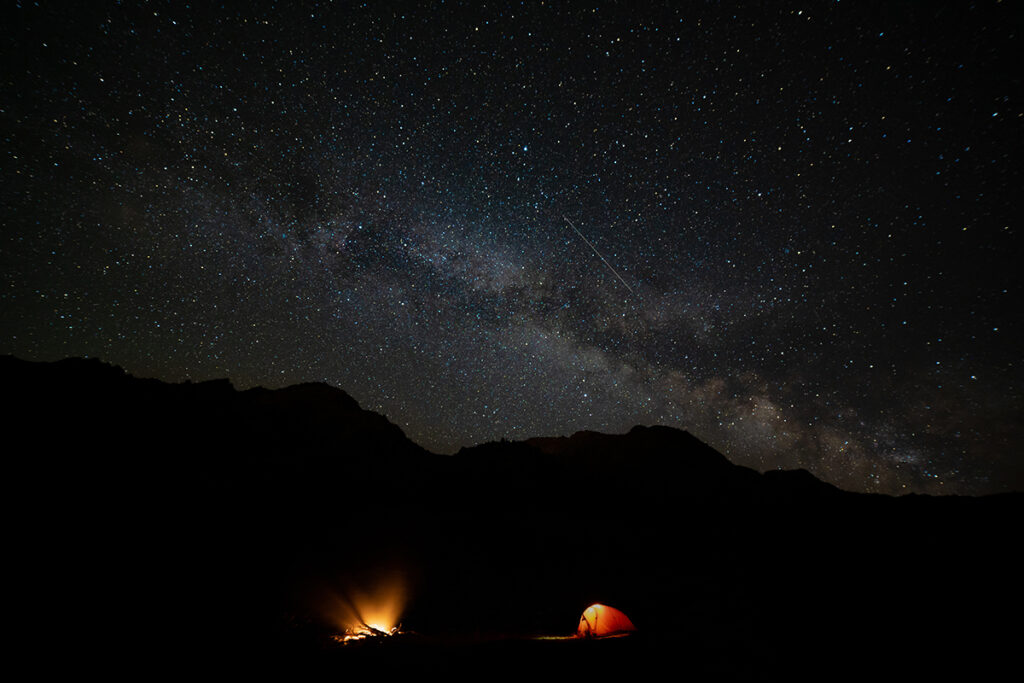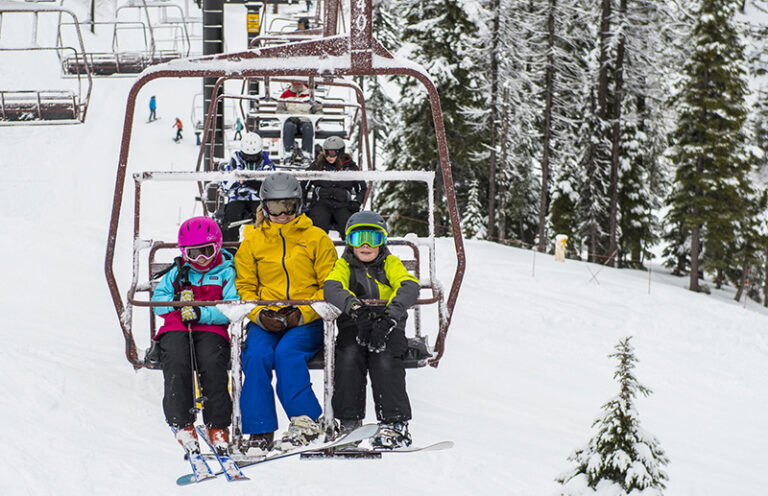Have you ever hiked away from a city and noticed the glow that remains in the sky above it? Or how it’s harder to make out the stars when your porch light is on? Light pollution is excessive artificial light in the outdoors, and it carries environmental and health impacts in addition to obscuring the natural night sky.
As animals, our human bodies are attuned to the amount of light we detect throughout the day (and night), and our bodies respond to it. When extra light disturbs us, it messes with things like the production of melatonin. Animals who are guided by moonlight for migration patterns are also disrupted by light pollution, often getting directionally confused and ultimately dying.
Decreasing light pollution may not only give you a better view of the stars, but a health reset as well. You can help lessen light pollution by closing the blinds on your home in the evening, so indoor light does not track outside, and by positioning outdoor lights to point away from the sky.

So, where should you go to find some truly dark skies? First, check out the World Atlas of Night Sky Brightness, an online map showing light pollution levels around the world (Lightpollutionmap.info). There’s a fair amount of low-light-pollution territory in north-central Washington state, and much in Idaho.
The International Dark Sky Association is working to preserve the natural night sky around the world, and they keep a compendium of dark sky places at Darksky.org, which includes natural reserves, national parks, sanctuaries, and communities who have regulations on night lighting. Luckily, in the Western United States, we have a handful of Dark Sky-certified reserves and parks within road-trip distance: the Craters of the Moon National Monument (Idaho), Waterton-Glacier International Peace Park (Canada), and the Central Idaho Dark Sky Reserve, which includes the city of Ketchum, Idaho, who updated their city lighting code to meet Dark Sky Community standards.
After checking the evening forecast for cloud cover, finding a place with low light pollution is your best bet at a spectacular summer display of the night sky.
Lisa Laughlin is the managing editor of Out There and grew up on a wheat farm with low light pollution. She lives in the suburbs of Spokane, where the stars, unfortunately, are lesser.













